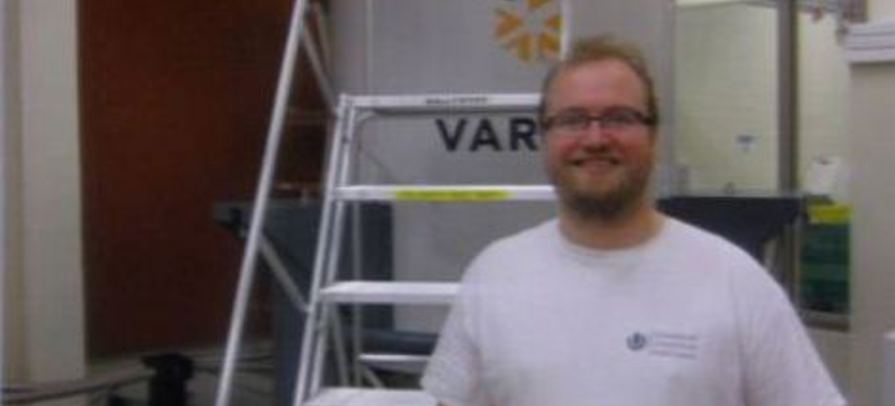Janus Vang vart ph.d. á University of Connecticut
Mánadagin 10. desember 2012 vardi Janus Vang ph.d.arbeiði sítt í Biomedical Science programminum - Molecular Biology and Biochemistry á University of Connecticut Health Center. Heitið á verkætlanini er: "Biophysical investigation of prolactin".
Vegleiðari hansara hevur verið Dr. Jeffrey C. Hoch, University of Connecticut Health Center, Department of Molecular, Microbial and Structural Biology (MMSB).
Opponentar vóru:
Dr. Dmitry Korzhnev, University of Connecticut Health Center, MMSB
Dr. Irina Bezsonova, University of Connecticut Health Center, MMSB
Dr. Bing Hao, University of Connecticut Health Center, MMSB
Dr. Michael Gryk, University of Connecticut Health Center, MMSB
Dr. Michael Hodsdon, Yale University
Til ber at síggja upptøku av verjuni her
Niðanfyri er enskur samandráttur av partinum av verkætlanini, sum kallast:"Paramagnetic relaxation enhancement reveals details of metal binding to prolactin":
"Metal binding by members of the Growth Hormone family has been extensively investigated but has not yielded a consensus concerning the functional role of metal binding beyond facilitating reversible packing in secretory granules. For example, growth hormone only binds to the prolactin receptor efficiently in the presence of Zn2+, whereas prolactin binding to the prolactin receptor has been shown to be independent of Zn2+. For human prolactin (hPRL), a metal binding site comprised of histidine residues separated by more than 18 Å and requiring substantial conformational rearrangement on metal binding has been proposed based on metal oxidation. In an effort to unambiguously determine the metal binding site on prolactin, paramagnetic metal titration and chelation experiments on recombinant prolactin monitored by NMR relaxation were performed. Cu2+ mediated paramagnetic relaxation enhancements (PRE) identify a metal binding site on prolactin, comprised of residues H27, H30, and H180 which does not require conformational rearrangement upon metal association. The PREs also indicated a secondary metal binding site comprised of E93 and H97. Based on the observation of two distinct metal binding sites together with aggregation studies of hPRL mutants at biologically relevant pH values we propose a mechanism for metal-induced aggregation that entails intermolecular metal bridging between the metal binding sites. The proposed mechanism, and the observation that metal chelation resolubilizes metal-induced hPRL precipitates support the suggested role of metal coordination in reversible hPRL packaging in secretory granules."
Les um Janus Vang í Heilagrunninum
